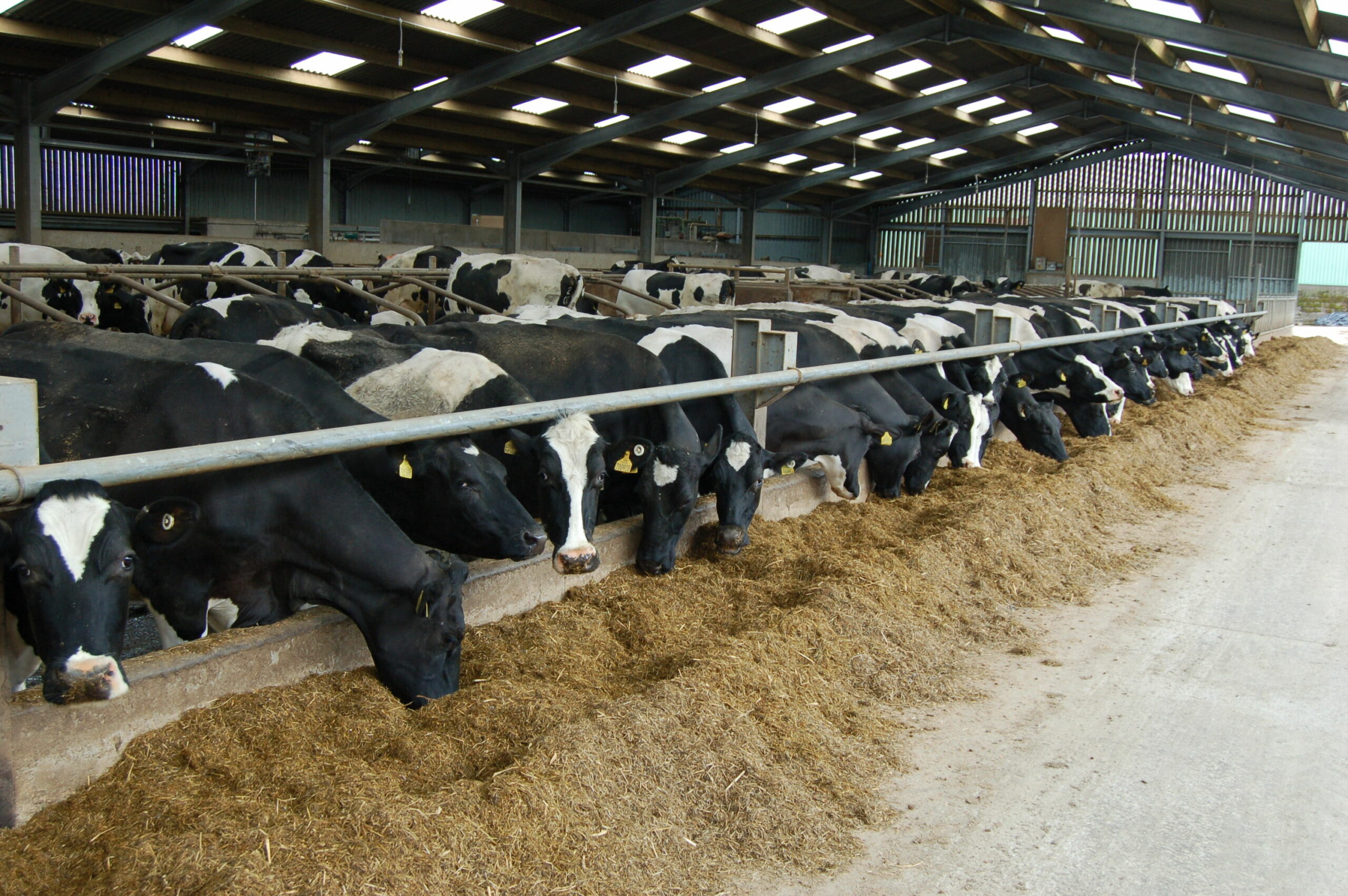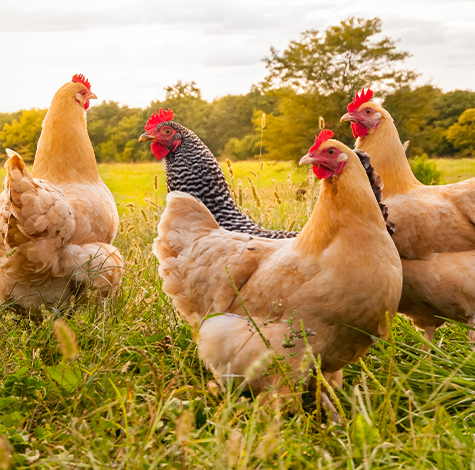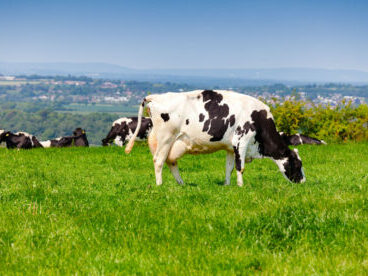Forage analysis, cow management and monitoring are key to making nutrition work
Variable forage quality and volatile feed and input prices are putting added pressure on dairy producers this winter, but providing the right amount of essential nutrients through precision feeding can help improve performance, efficiencies and margins.
“The adage ‘if you look after your animal, your animal will look after you’ has never been more relevant,” says Mike Chown, ruminant technical manager at UFAC-UK, “This is particularly true if we want to achieve the optimum yield from silage this winter.”
However, with forage and silage quality so variable this year, not just from farm to farm, but clamp to clamp, selecting the right forage for the right animals is key to optimise production. Forages should be analysed monthly throughout the winter, as the analysis will change as you move through the clamp.
“To maximise forage DMIs, we need to know what we are feeding, and balance rations with the correct nutrients, such as structural fibre, sugar, starch, rumen protein, by-pass protein and rumen inert fatty acids,” explains Mr Chown.
“We must ensure speed of break down in the rumen is matched, while at the same time, paying attention to acid loading and rumen pH. This will optimise rumen microbes to promote fibre digestion and intakes, most cost-effectively,” he adds.
Once microbial protein and VFAs (volatile fatty acids) from the rumen have been optimised, Mr Chown says adding ‘little bombs’ high in the specified nutrients, such as rumen inert/bypass proteins and fatty acids, will help meet the cow requirements. Forage rations are typically low in these.
“When doing this, it is important that every purchased feed is most cost-effective for the nutrient it is contributing to, for example, not just looking at crude protein, but also looking at the cost of rumen degradable and rumen undegradable protein such as amino acids,” continues Mr Chown.
Regular monitoring and analysis
Regular monitoring and analysis will enable you to balance forages and maximise efficiencies.
“However, we should remember that no computer model will be as accurate as the cow. The cows will tell us how they are performing,” says Mr Chown.
“They will be giving you the clues and pointers to make sure you interpret forage analysis properly. Using these signals will help to ensure we balance rations correctly with the appropriate amino acids and fatty acids,” he adds.
These adjustments and additions to dairy diets can have a big impact on performance, health and fertility, and therefore margins.

Top tips to get the most from forage this winter
- Understand the quality of forage through regular analysis
- Feed according to the stage of lactation
- Provide the right environment at the right stage of lactation
- Ensure optimal rumen performance
- Monitor performance and revise the diet as required
- Check the dung for effective fibre and starch digestion, also watch for dung consistency, are there signs of SARA or Mycotoxins?
- Check cud score and rate


 Back to News
Back to News 



